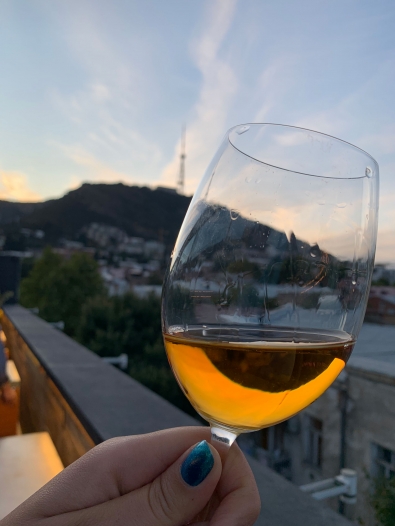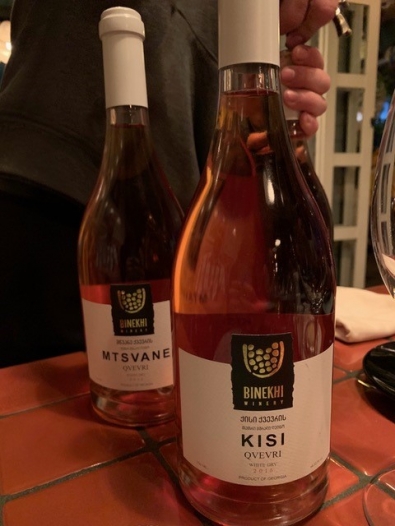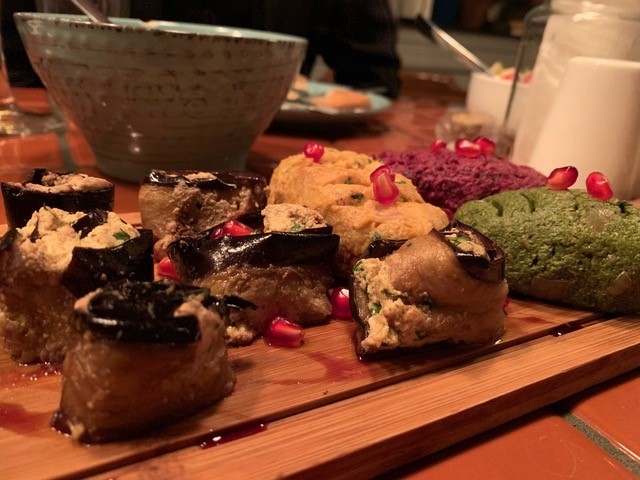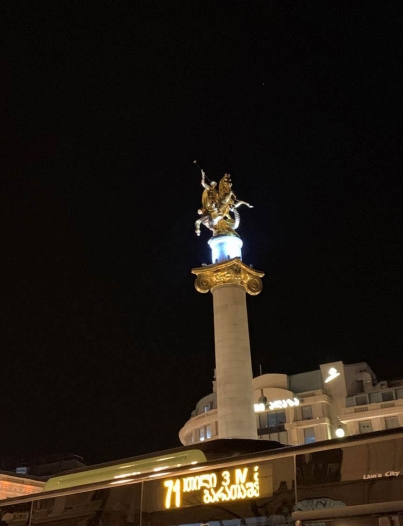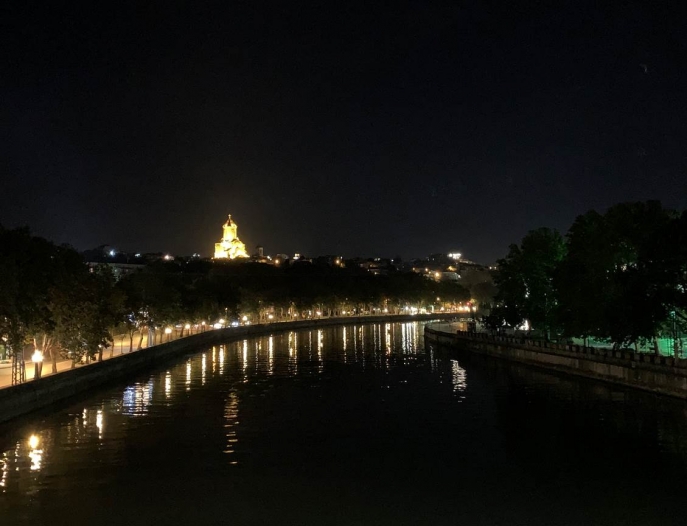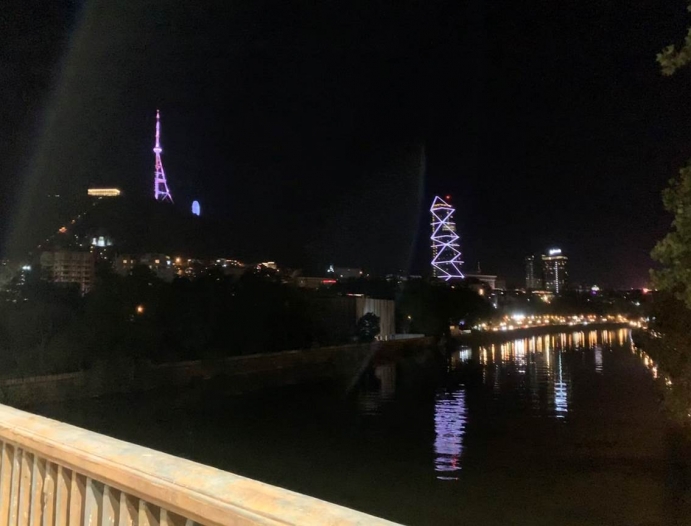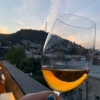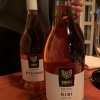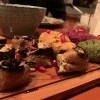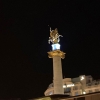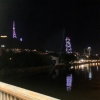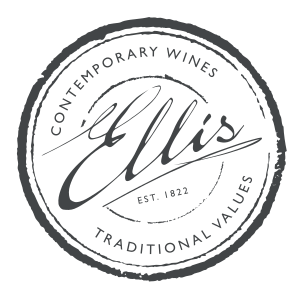A visit to Georgia – The Cradle of Wine
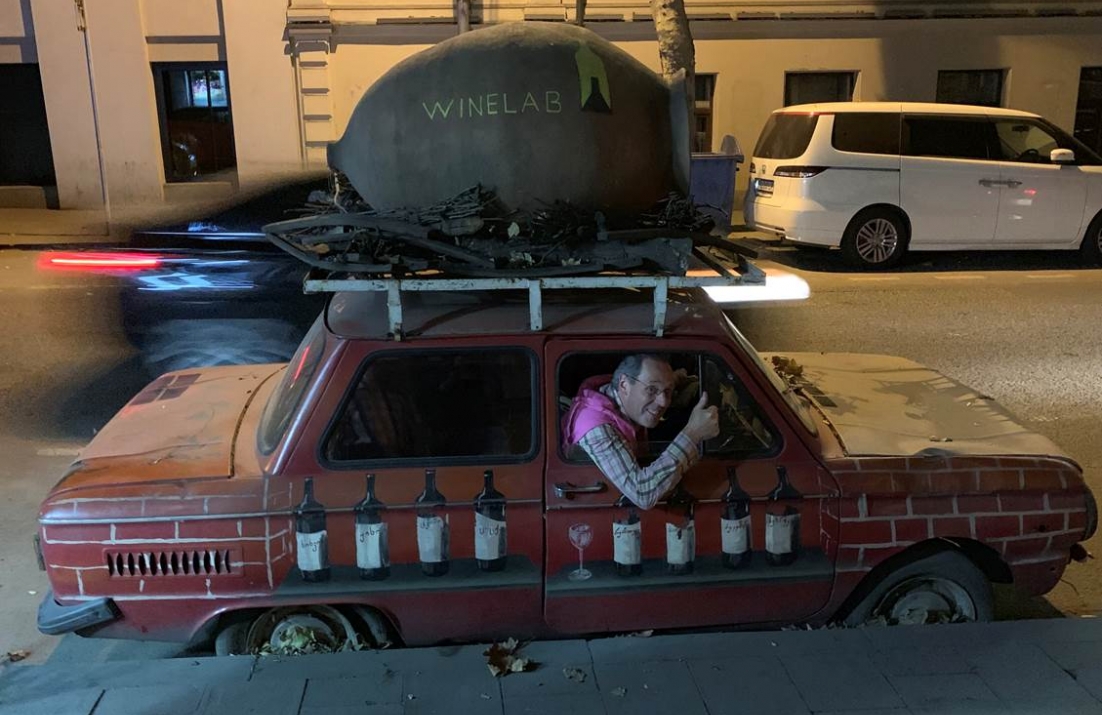
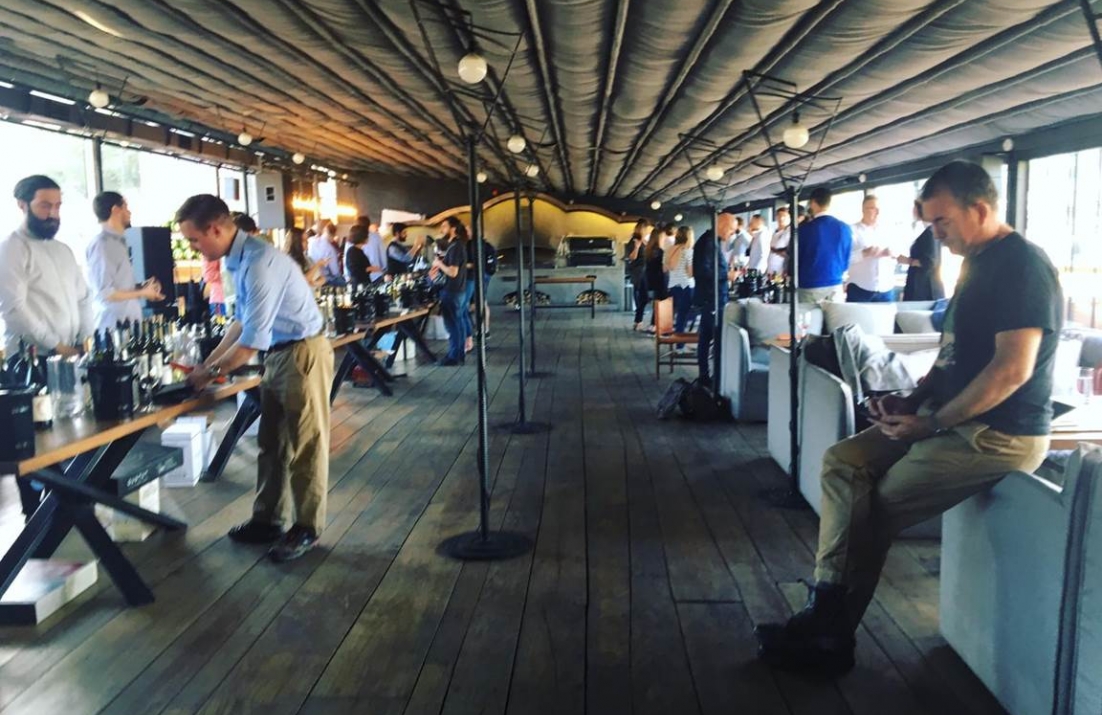
At the intersection of Europe and Asia, lies Georgia. A country as rich in culture and history as it is in food and wine. Matthew and I were fortunate enough to spend 5 days there courtesy of the Georgian national wine agency who took a group of UK buyers and journalists to learn about what makes the country and its wine so unique.
We kicked off with a presentation from Lado Uzunashvili, winemaker for Mukado wines. Here’s the key points:
- It is widely believed that Georgia is where wine production first began, over 8000 years ago.
- Georgia lies in between the Black and Caspian seas.
- The key winemaking region is Kakheti, which produces over 70% of the country’s wine and sits at a latitude of 42degrees north.
- Georgia has 37 419 hectares under vine (22 227 in Kakheti).
- Georgia is surrounded by Russia (described by Lado as ‘our big, loud brother’), Armenia, Turkey and Azerbaijan.
- The Caucasus Mountains have a big impact on the climate and offer protection from the cold north winds. The mountain range is home to Mount Elbrus, the highest peak in Europe.
- Georgia has more than 525 indigenous grape varieties, the key whites are Rkatsiteli, Mtsvane (Mtsvane means ‘green’ and there are two different types: Mtsvane Kakhuri and Goruli Mtsvane), Khikhvi and Kisi, and the key red is Saperavi (means ‘to dye’ as both the skin and the flesh of this grape is red).
- Wine is deeply entwined in the everyday life and culture of Georgians.
Lado was very keen to impress on us the effect that climate change is having on his country. January and February have become very dry with no snow, hail has become commonplace then the summers are very dry causing the vines to suffer, and the ice on the Caucasus Mountains is melting about 2 months earlier than before.
Winemaking in Georgia is generally done in two ways; international winemaking and winemaking in qvevri. The Soviet government discouraged the use of qvevri’s when they were in command and favoured ‘modern’ winemaking instead, however the traditional methods were kept alive by winemakers who went against the Soviet norms and now are making a big comeback.
Qvevri (pr. kwev-ri) was the first vessel to be used in winemaking. It is an egg-shaped clay vessel used for both fermentation and maturation. Grapes are crushed and placed in the qvevri along with their skins (and sometimes stalks), the qvevri is buried in the ground which guarantees the optimal temperature for the ageing and storage of the wine. Qvevri gained UNESCO Intangible Heritage of Humanity status in 2013.
The result of qvevri winemaking is unique, overall the whites develop a golden-amber colour and have a firm tannic structure with notes of dried apricots, orange peel and a nutty character, the reds have a concentrated colour with a robust structure and phenolic character.
After our presentation, we had big walk-around tasting in the hotel, meeting over 20 producers and tasting a wide variety of Georgian wines.
That evening we got our first taste of Georgian food and hospitality. We met with Binekhi Winery who were established in 1996 by Bachana Khalvashi, a famous writer, painter and puppet-maker. We discovered just how versatile Georgian wines are and my highlight of the night was their aromatic qvevri Kisi which was perfect with pickled veg and walnut-stuffed aubergine rolls – delicious!
After all the food, a few of us decided to walk back to the hotel in order to see a little of Tbilisi – it’s a vibrant city with lots of bars and restaurants (most were still open at 2am!) and a fantastic mix of historical buildings and modern architecture. Our hotel was just off Freedom Square which was the site of mass demonstrations for Georgia’s independence from Soviet rule and the Rose Revolution in 2003. During the Soviet period, the square featured a large statue of Vladimir Lenin, which was symbolically torn down in August 1991. Now the Freedom Monument depicting St George slaying the dragon sits in the middle of the square, dedicated to the freedom and independence of the Georgian nation.
Ready for part two? Read it here...
